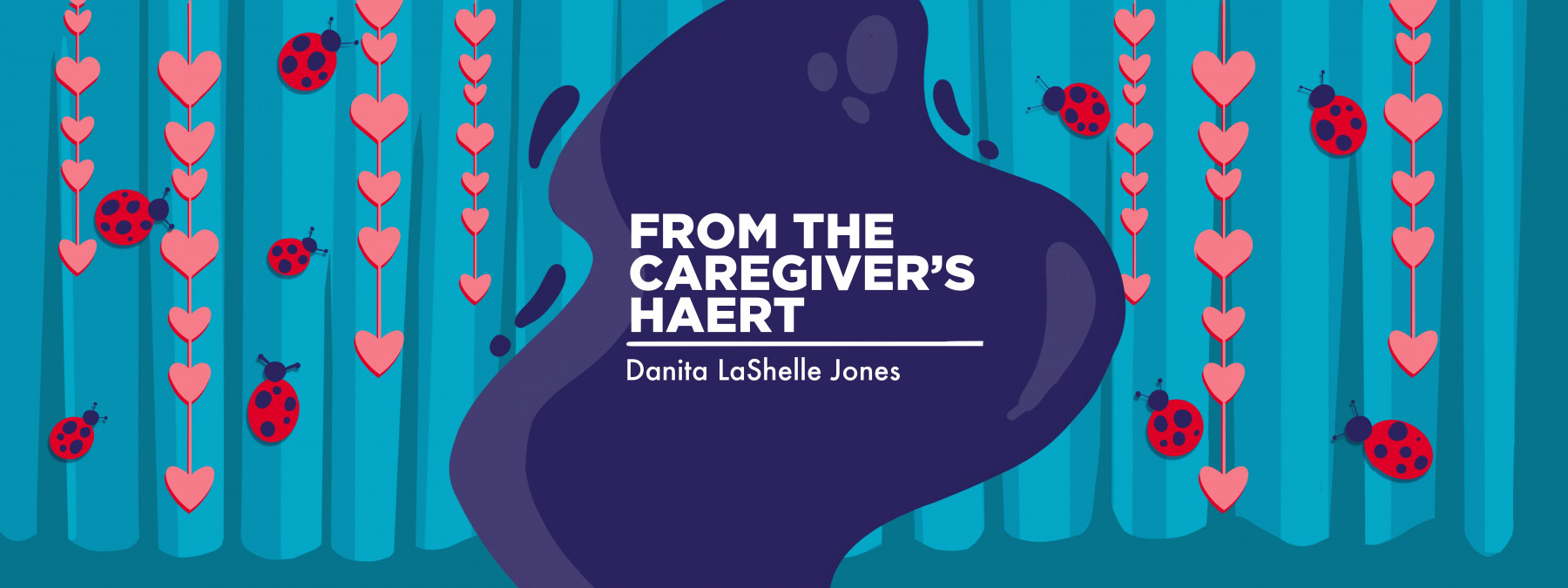Detecting Hereditary Angioedema Symptoms Early to Mitigate Flares
Learning to recognize early symptoms of a flare helps to treat it

As a fan of 1990s sitcoms, I could already see the disaster coming. The star of the popular show was attempting to flambé a dish after watching his butler do it.
The process was simple: heat the food in a small pot, splash it with liquor, then set it on fire. Next, the young star would immediately cover it to extinguish it.
His first try produced the same result as his butler. However, true to his character, he tried again. Unfortunately, he used an alarming amount of liquor this time, prompting “ohs” from the chuckling studio audience.
With more accelerant in the small pot, the flame immediately exploded into a more significant fire. Panicked, the young man tried to put it out, but did so incorrectly, and the fire spread to the stove and the counter. Soon, the entire kitchen was engulfed in flames.
Although he tried to use the same methods to extinguish the fire as before, his efforts failed because the problem had grown out of control.
Although the entire scene was hysterical, the kitchen was completely destroyed. But it was OK. In proper sitcom form, everything was back to normal the following week, as if the previous week’s shenanigans had never happened.
I had no idea life would imitate art, even in a symbolic way.
The campfire method
When our oldest daughter, whom we nicknamed Ladybug at birth, was diagnosed with hereditary angioedema (HAE) in 2021, the one thing we had difficulty grappling with was her flares. It took us a few months to detect prodromes, or warning symptoms, and other unseen symptoms that would eventually lead to painful flares. Once a flare finally appeared, her emergency medication, Berinert, was needed.
Initially, I never understood why Ladybug’s emergency medication was inconsistently effective. I was trained to administer it precisely as required. Yet the more serious the flare, the less the Berinert seemed to work.
Finally, after a few months of frustration, I went to Ladybug’s HAE specialist and lamented how ineffective the medication seemed.
“How soon after her flares begin do you administer her infusion?” her doctor asked.
The question startled me. Why did it matter?
“The moment you realize she’s in a flare, give her the medicine,” he said. “You can put out a campfire faster than you can put out a forest fire.”
Immediately, my mind went back to that infamous scene from that sitcom. Once the kitchen fire had grown out of control, a simple thing like water or a pot lid wouldn’t stop it. Yet that’s precisely what I had been doing every time Ladybug had a flare — I had waited to treat it.
Truthfully, we still haven’t mastered the art of treating Ladybug’s flares in a “campfire” way. However, when we do, we have learned the importance of quickly assessing and treating her instead of waiting. It doesn’t always work, but we’re better now than where we were.
I would love it if life were like sitcoms. A problem would arise, or a catastrophe would happen, but everything would return to normal the following week. While that’s not the case with HAE, I’m encouraged that we can still learn lessons from what we go through this week and apply them to our future experiences.
Technically, learning from week to week is what happens on ’90s sitcoms. So maybe life does imitate art after all.
Note: Angioedema News is strictly a news and information website about the disease. It does not provide medical advice, diagnosis, or treatment. This content is not intended to be a substitute for professional medical advice, diagnosis, or treatment. Always seek the advice of your physician or other qualified health provider with any questions you may have regarding a medical condition. Never disregard professional medical advice or delay in seeking it because of something you have read on this website. The opinions expressed in this column are not those of Angioedema News or its parent company, BioNews, and are intended to spark discussion about issues pertaining to angioedema.








Comments
Lorraine
I was diagnosed with HAE 40 years ago and unfortunately have a very difficult time recognizing prodromal symptoms of my disease until it is pretty much a full blown attack. I completely agree with you about ‘putting out the campfire’ but, most often I find myself suddenly stuck in a raging forest fire.
I hope that your daughter shows early symptoms so that you are able to manage her disease successfully. I enjoy your articles and would welcome any hints, suggestions you might have to help recognize prodromal symptoms.
Danita LaShelle Jones
Hi, Lorraine. I hope your HAE journey is a little easier. I know it's been a while since you commented. I know people's prodromes are different. With Ladybug, she either starts aching or she feels like her hands and feet are falling asleep. I also notice her energy level drops tremendously. I hope that helps!